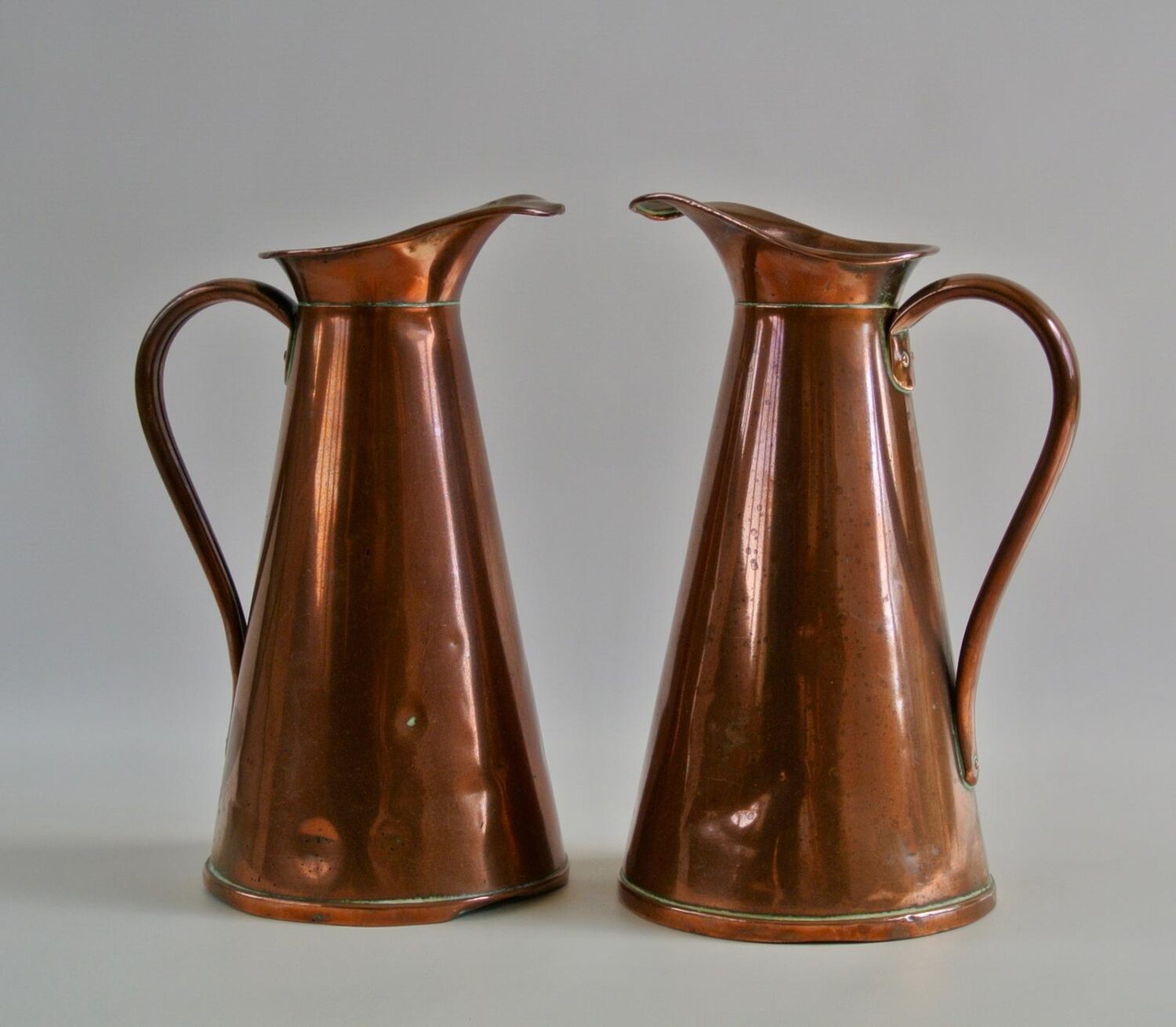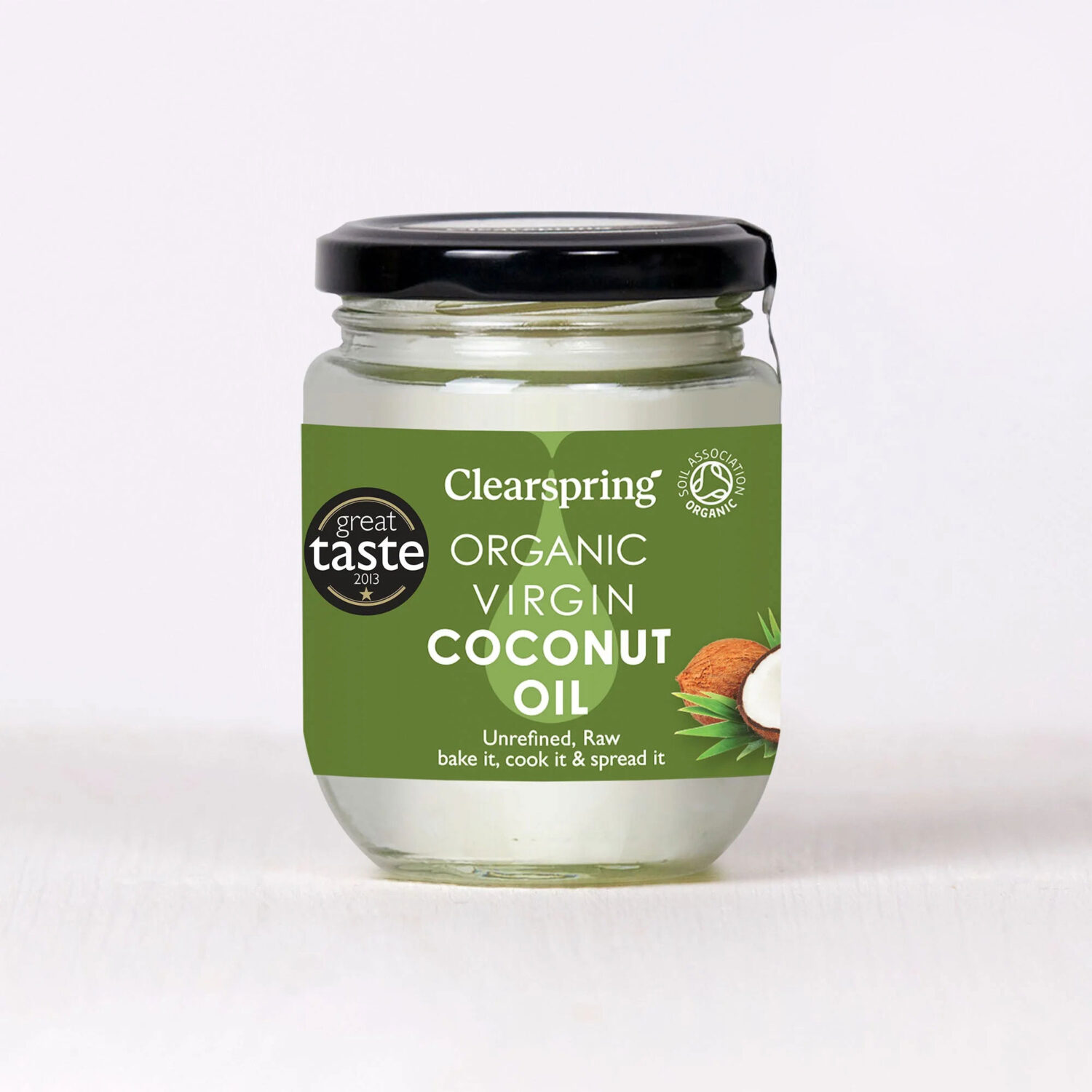Five Lessons Ayurveda Taught Me
By Keshav AnandAyurveda is a holistic healing system that originated in India over 3,000 years ago. Offering a wealth of wisdom that remains—certainly in part—relevant today, it is extensively practiced throughout India and Nepal, among other parts of the world. Derived from the Sanskrit words āyus (life) and veda (knowledge), ayurveda seeks to address the intersection of body, mind, and spirit through herbal medicine, diet, meditation, yoga, massage, and more. Here are five takeaways I’ve gleaned from this ancient system of knowledge—largely filtered through my grandparents—over the years. There’s more to it than ghee!
Drinking Water from Copper Vessels

One of the first ayurvedic practices I adopted was drinking water stored in copper vessels, a tradition that dates back to the ancients. Historically, copper was revered for its antimicrobial properties long before modern science confirmed its ability to kill harmful bacteria. The practice, known as tamra jal, involves leaving water in a copper vessel overnight to allow it to become naturally purified.
Drinking copper-infused water in the morning feels like a small ritual. The water becomes alkaline as it’s stored in the copper, increasing its pH—so starting the day with a glass on an empty stomach is an easy way to neutralise the slightly acidic state your body can be in after a night of fasting. Ayurveda suggests that copper can help balance the three doshas—vata, pitta, and kapha—particularly benefitting digestion.
Turmeric Milk

Turmeric milk, or haldi doodh, has been a cornerstone of ayurvedic medicine for centuries, often referred to in the West as golden milk. Turmeric’s origins in cooking trace back to ancient India, where it was not only a staple in the daily diet but also a valued medicinal herb. Its primary active compound, curcumin, has potent anti-inflammatory and antioxidant properties.
The drink, typically made by blending turmeric with warm milk—or an alternative nut milk if you prefer, which I do—and spices like black pepper, enhances curcumin absorption, maximising its benefits. I find its great to drink when you’re on the precipice of a cold, or just want a good night’s sleep.
“Healthy” is Not One-Size-Fits-All
One of the most enlightening lessons from ayurveda is its recognition that health is not a one-size-fits-all concept. Unlike many modern diets and allopathic medicine, which tend to take a standardised approach to treatment, ayurveda emphasises the uniqueness of each individual’s prakriti, or constitution. This perspective suggests that what’s healthy for one person might not be ideal for another and that listening to your body’s signals is crucial.
Coconut Oil Pulling

Oil pulling, particularly with coconut oil, is another ayurvedic practice that has gained popularity in recent years. Historically, this method was referred to in ayurvedic texts as a way to detoxify the body. The act of swishing oil in the mouth for several minutes before spitting it out is said to extract toxins and improve oral hygiene. Do not swallow the swished oil. I decided to give it a chance, aware of coconut oil’s antimicrobial properties and the benefits of oil cleansing for skin. After just a couple of weeks, the results were unexpected—try it!
Eat Dessert First
Perhaps the most surprising advice I have encountered was the suggestion to eat dessert first. Though on the whole, the aim is to reduce sugar intake, certainly processed sugar, in ayurvedic tradition, eating sweet foods first is considered to help digestion. The thinking is that sweet foods are easier to digest and require less time for the body to process. By eating them first, you are supposed to improve metabolic function.
This contradicts the widely accepted convention of saving sweets for the end of a meal. Though I can’t really say if it’s helped with digestion, starting with a small portion of dessert or piece of fruit can definitely help reduce cravings later on. It seems to reflect ayurveda’s broader lesson: health should be balanced, not restrictive.
Feature image: One of the oldest palm-leaf manuscripts of the Sushruta Samhita, a foundational text of ayurveda, discovered in Nepal. 12th-13th century. Photo: Los Angeles County Museum of Art